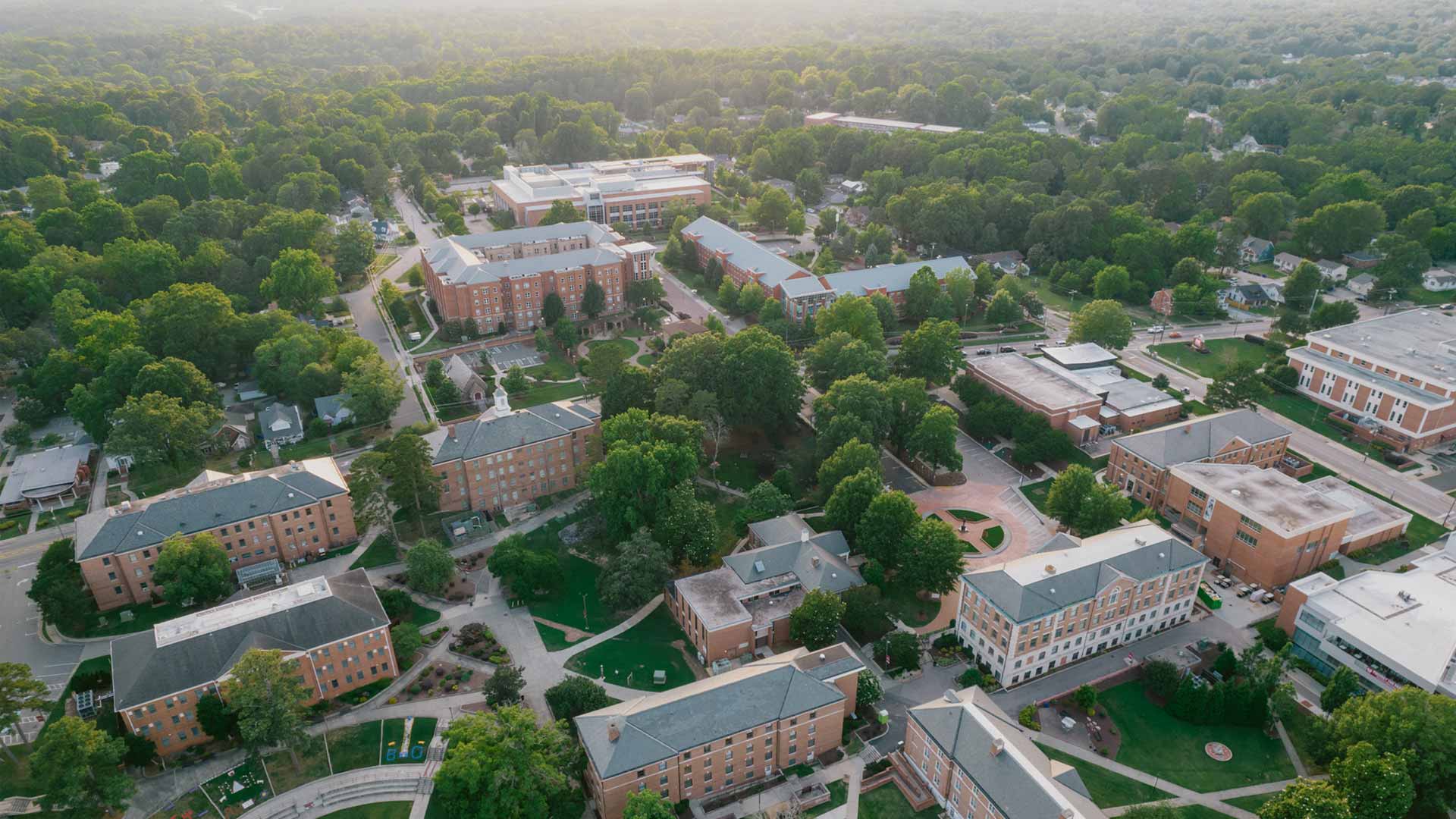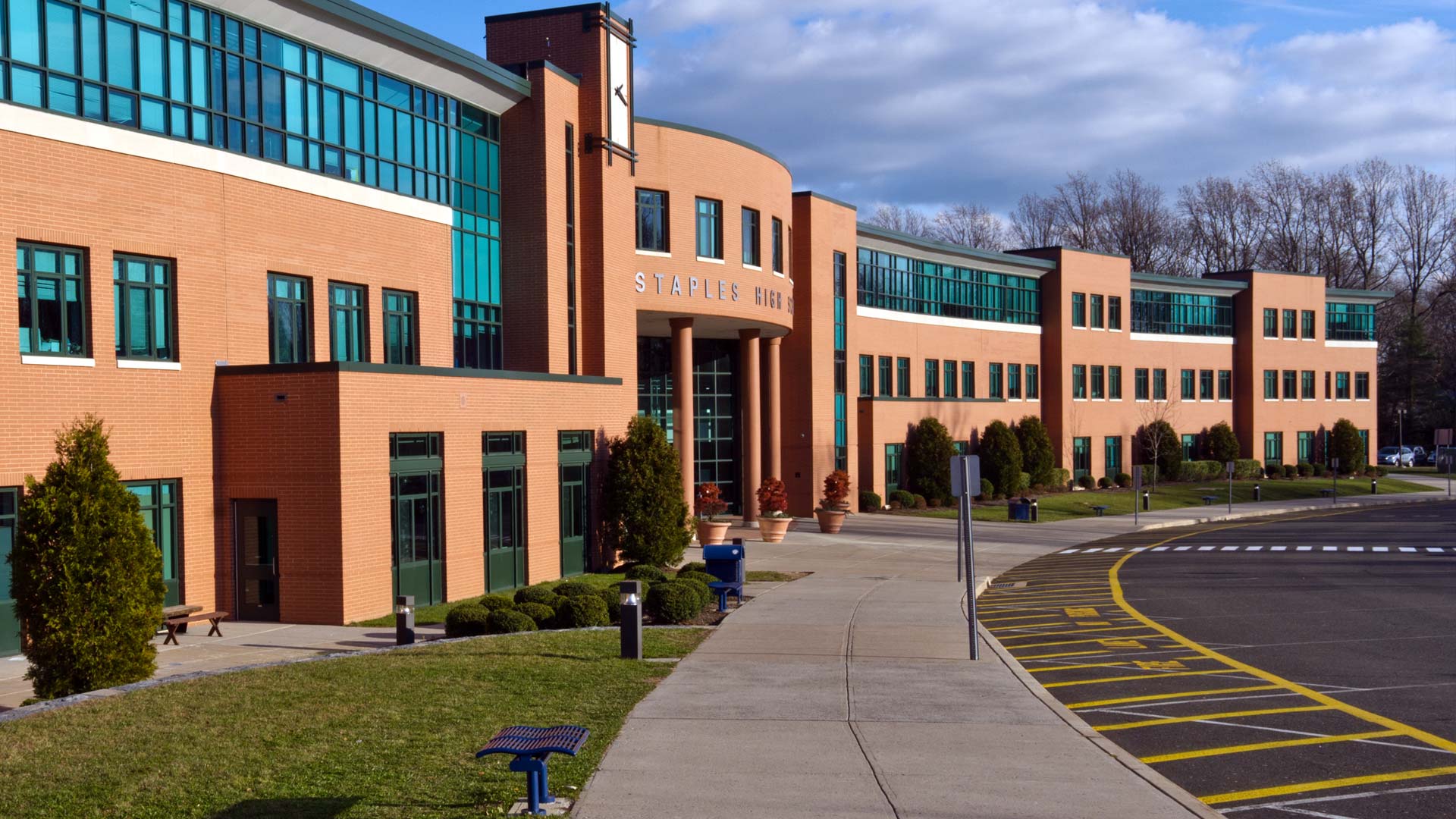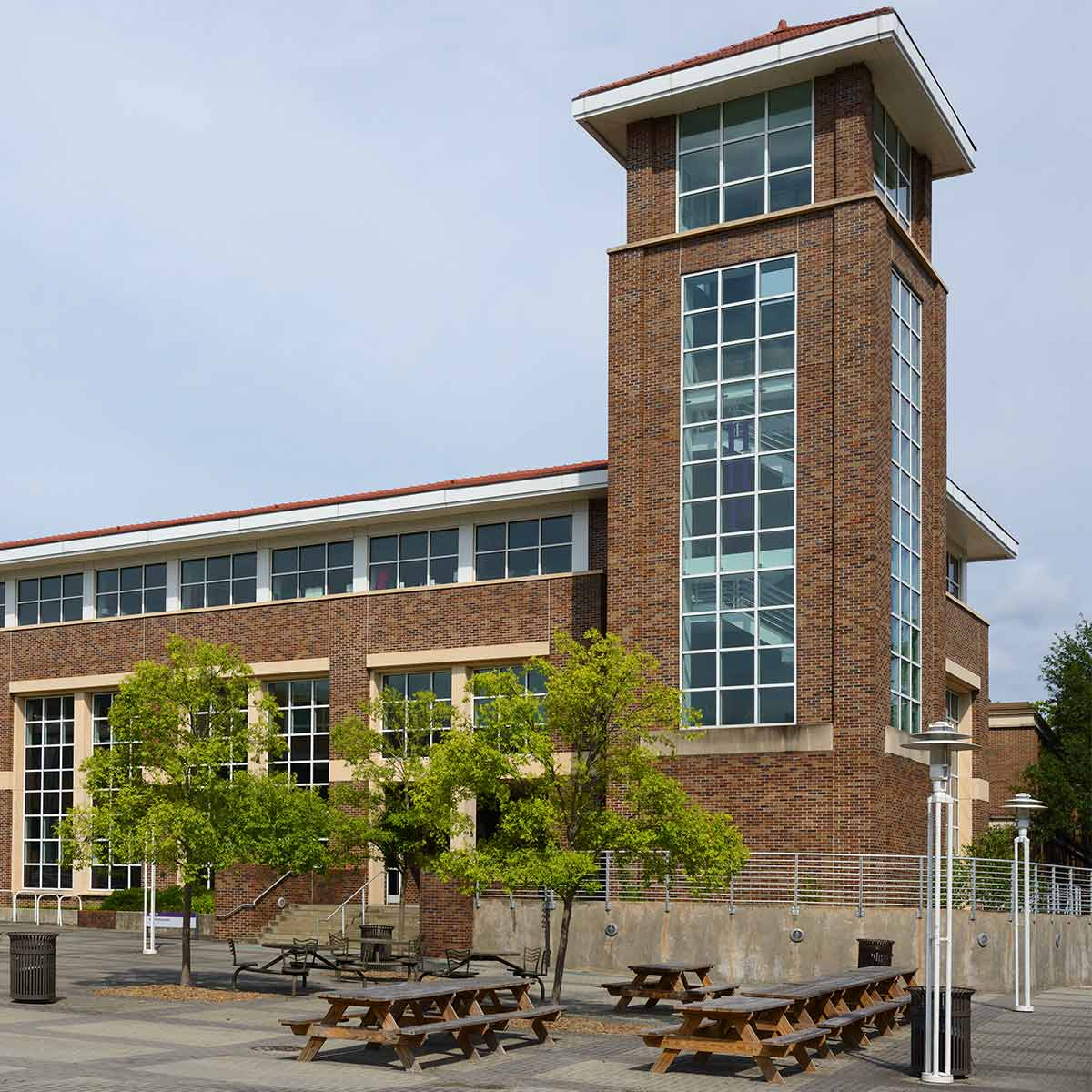WallacePancher Group has extensive design experience with Institutional and Educational projects, including K–12, college/university, athletic facilities, health care, State Police barracks, and various government buildings.
Each project presents its own unique set of challenges that need to be addressed with creative design solutions. Our professionals work seamlessly with architects, school boards, and developers to efficiently navigate the design approval process and successfully meet often tight construction schedules.
Let the skilled professionals at WallacePancher Group help plan and design your next project to achieve maximum success.


